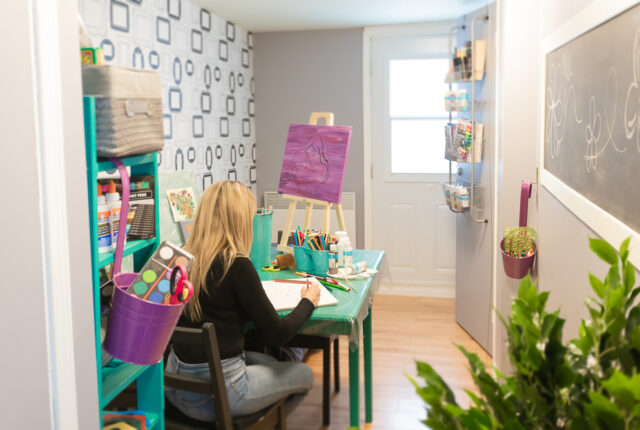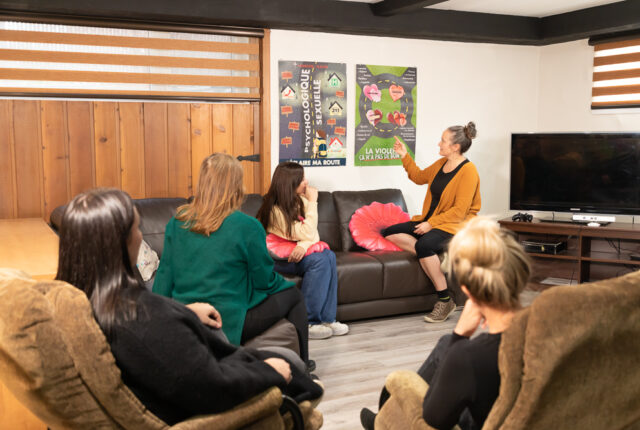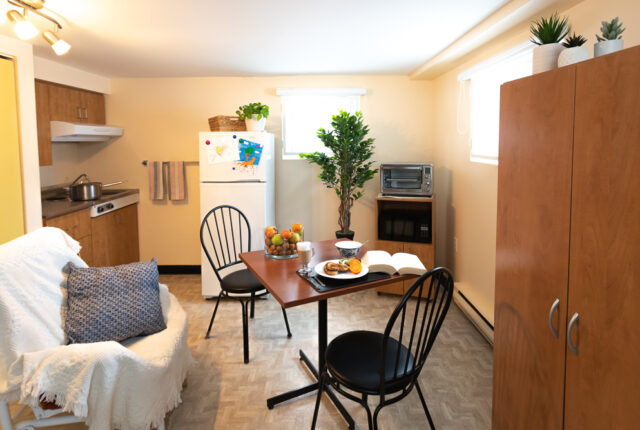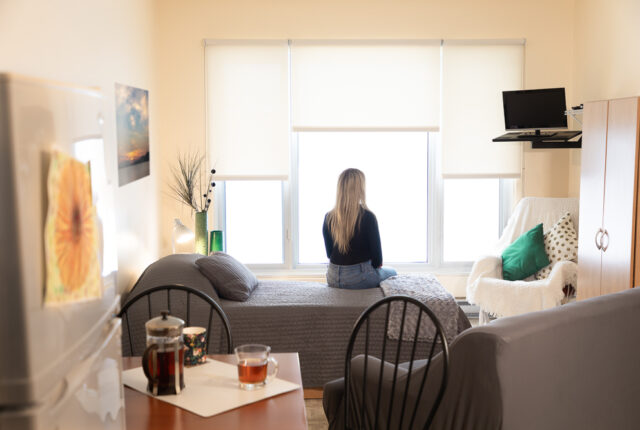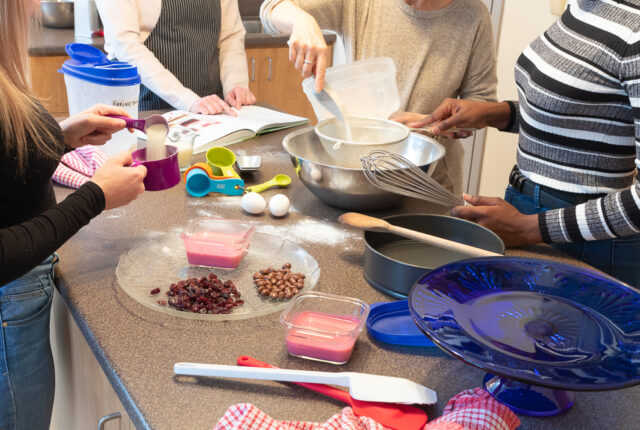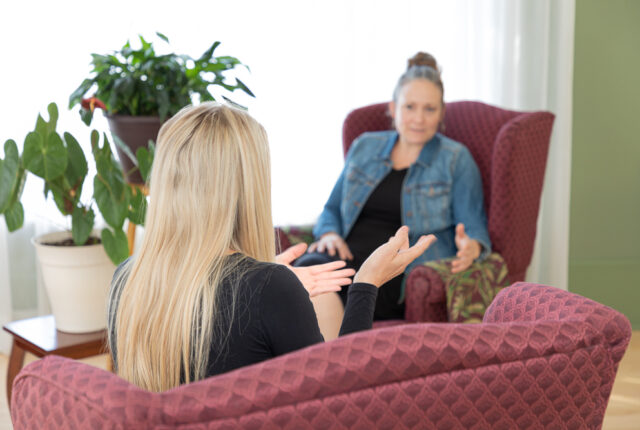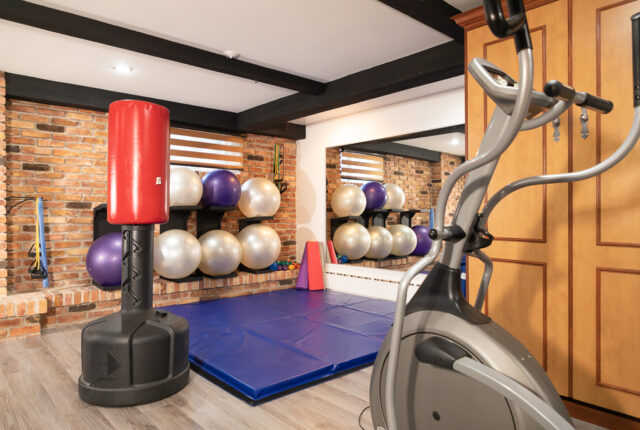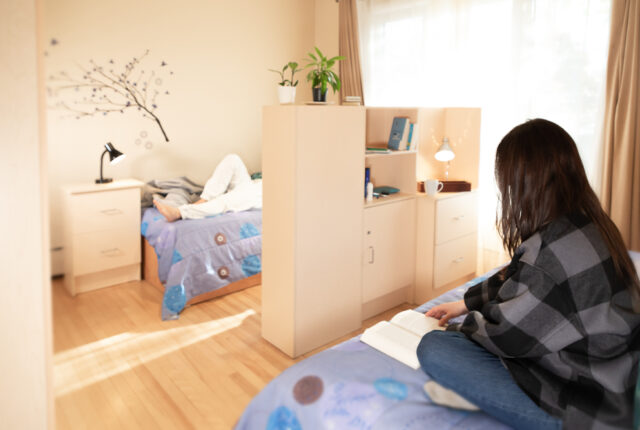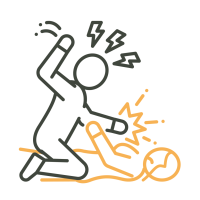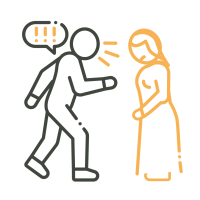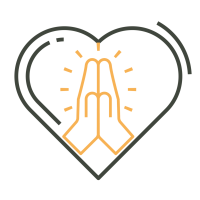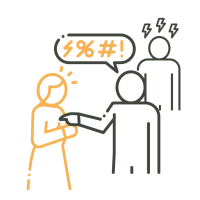40 years fighting against violence against women
And to develop our expertise.
Maison Hélène-Lacroix provides help and safe housing for women in the Québec City area who are victims of violence.

If you’re in difficulty, we can provide a safe place
for you in full confidentiality.
Our accommodation
Our facility is safe, confidential, warm, and free.
Daily programming offers a range of activities to help you express yourself and better understand the violence you’ve experienced and its consequences.
Our work is rooted in openness, communication, respect, and collaboration.

I need help
Maybe someone close to you has behaved in a way that seemed inappropriate. Maybe you don’t know how to interact with someone you know because you fear their reaction. Maybe you’re uncomfortable with the behaviour of someone at work, your landlord, your roommate, or a neighbour. Maybe you feel that something is wrong but can’t put your finger on it. If any
of these situations apply to you, you’re probably experiencing a range of emotions. You have questions and want to understand what is happening.
Maison Hélène-Lacroix is there for you!
Safety plans
Getting ready to leave:
Having a safety plan ready will allow you to protect yourself and get away from danger or aggression.
Your first priority is your safety. Use your intuition and judgment if things don’t go as planned. If you fear for your physical safety, call 911.
Possible safety plans:
- Tell someone you trust about the situation
- Keep your phone charged and turned on you can call for help if you need it
- Add contact information for SOS Violence Conjugale or a shelter to your cell phone (under a fake name) for quick access
- Turn off the tracking feature on your electronic devices
- Keep your purse nearby in case you have to leave in a hurry. Make sure it contains your wallet, cards, and keys.
- Pack an emergency bag and leave it in an inconspicuous location that you can access quickly
- Evaluate your quick exit options
- Think of excuses to leave (e.g., doctor’s appointment, convenience store, pharmacy, etc.)
Call SOS Violence Conjugale or Maison Hélène-Lacroix if you need help planning how to leave: 418-527-4682
Emergency bag :
- Clothes
- Personal hygiene products
- Medication
- Cell phone
- Keys for the house and car
- Wallet and identity papers
Important documents:
If possible, make copies (paper or electronic) of important documents that will help you in the future.
- Health and social insurance cards, driver’s licence, passport, etc.
- Address book
- Birth certificate
- Bank or credit union booklet
- Proof of insurance
- House lease or purchase contract
- Marriage certificate, if applicable
- Income tax returns
- List of your assets with photos
- Photo of your partner
Testimonials

When I arrived:
“I was dealing with pain, anger, disappointment, no self-esteem, lack of trust in others. I was afraid, stressed, always on the alert, and I felt empty inside, with zero energy.”
When I left:
“I was a brand new person. I had self-confidence, self-esteem, and self-worth, but most importantly, I left with the power to take back control of my life. Thank you all for making it possible.

When I arrived:
“I was sad, tired, and angry because I’d promised myself I would never need to go to a shelter again. I lost my bearings, I was far from my family and my children. I felt empty and wondered if one day I’d find happiness or be accepted in a family that I didn’t believe existed!”
When I left
“I was joyful because I found my son, but sad to
leave a wonderful team and such amazing women. Peace, love, and gratitude.”
I am a professional
You’re concerned about the situation of someone who is using your services and you
wonder how you can support her. You want to refer a woman to a shelter, but you
have questions about the services offered there.
You want your employees and colleagues to become more aware of violence and you want to learn how to deal with potential situations of domestic violence in your workplace, but you don’t know where to start.


I want to get involved
The fight to end violence against women is a cause you believe in, and you wonder how you can help. You want to be part of a team that cares about the needs of women and you’d like to be involved in a variety of meaningful initiatives. You want to give your time to make a difference in the lives of the women who come to our organization.
If any of these situations apply to you, Maison Hélène-Lacroix can use your help.
About us
Maison Hélène-Lacroix provides help and safe housing for women aged 18 and over who are victims of violence.
We offer a help line, support, accommodation, and individual counselling tailored to the realities of women who are victims of violence and who wish to regain control of their lives.
We also offer information, training, and awareness programs on domestic violence for organizations and businesses in the Québec City area.
Resources
Emergency
Housing assistance / Support
Health services
- Centre d’expertise Le Colibri : 418-688-7482
- Clinique SPOT
- Clinique Santé des réfugiés : 418 684-2233
- Clinique SABSA


